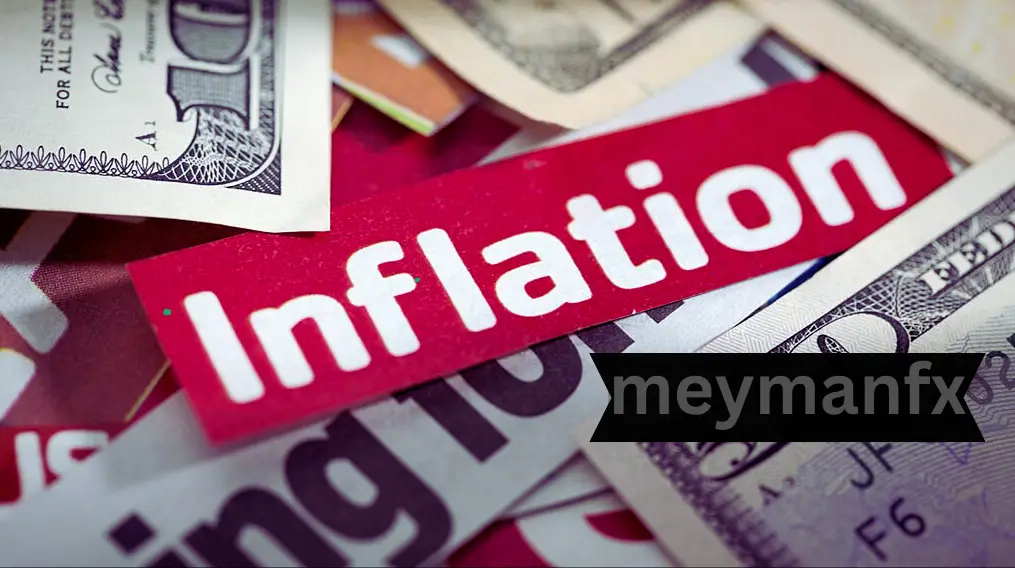
Antipodean Currencies Strengthen Because of Expectations Of a Rates Cut By The Fed
The Kiwi and Aussie pair sustained its impressive move higher this week, touching multi-highs against the US dollar at 21-months highs. This rise is a result of the belief that the Federal Reserve will reduce interest rates deeper together with positive sentiments on Australia and New Zealand economies.
One can opine that the weakness of the US dollar presents the strongest influence over the currencies of the antipodes. And that is the reason why when the Fed lowers rates in a bid to prevent any future slow down, the US dollar experiences depreciation as it is not as good a currency to invest on as before. The market has now factored in 55% expectations on another 0.50% rate cut at the next Fed meeting in November.
Several other factors are supporting the Australian and New Zealand dollars:
Stronger Domestic Economies: There has been the display of these stamina in the economies of both countries; growth rates are fairly strong while employment volatility is moderate.
Commodity Price Recovery: Increasing global costs of commodities which are major export products of Australia such as iron ore and thermal coal accelerates the Australian dollar.
Risk-On Sentiment: Optimistic feelings towards the currencies of the world and decreased tensions around the globe have supported risk-sensitive currencies as AUD and NZD.
The fourth of October will be important when the US Non-Farm Payrolls report appears. Yet, a number of factors point to a weaker dollar ahead – especially if coming US employment data disappoints and fuels expectations for rate cuts by the Fed.
The kiwi and the Aussie have maintained their rally, achieving the 21-month peak versus the world’s reference currency, the US dollar. These expectations are mainly pegged on increasing expectation for rate cuts in the United States money market, and some positive signs of economic improvement in Australia and New Zealand.
The weakness of the US dollar is something that has given now the strength to these antipodean currencies. When the Fed reduce its rates in a bid to mitigate the possible slow down in the country’s economy, the US dollar decreases in value due to poor investor interest. At the same time, the market is now practically factoring in a 55% probability of another rate cut by the Fed at its November meeting to 0.50%.
Several other factors are supporting the Australian and New Zealand dollars:
Stronger Domestic Economies: Both countries have exhibited strong economy Indicator of growth and stable employment markets.
Commodity Price Recovery: Increased commodity prices mainly the Australia’s main export products; iron ore and coal have helped lift the Australian dollar.
Risk-On Sentiment: A favourable shift in global geopolitical risk and thus, favourable shift in risk psychology has accented currency specie such as the Australian and New Zealand dollars.
Such a key release will be the US Non-Farm Payrolls report due on October 4th. Decline in the jobs report could once again reignite talk of rate cuts by the Fed and in effect spur the dollar lower.
They say the New Zealand and Australian dollars sustained their recent rally, with both currencies having touched levels 21-month highs versus the US greenback. The latter part of this US dollar selling surge stems from higher Fed rate cut expectations as well as some positive macroeconomic news in Australia and New Zealand. However, the most important one is the US Non-Farm Payrolls, to be released on October, the 4th. Lower than expected jobs data may continue to boost demand for Fed rate cuts and extend the depreciation of the US dollar.
Foreign Capital Inflows: NZD: A Potential Catalyst A Potential Catalyst A Potential Catalyst for the New Zealand Dollar
Although FDI has the potential to influence the NZD in a big way, the current situation does not give a clear signal. Portfolio investments such as Mudarabah and agencies, especially in government bonds and equities have been more or less constant but lack dynamism. While FDI has also been influenced by policy changes made by the previous government, its effects have been worse.
As it is moving to the next phase now, the current government is also assiduously trying to regain the confidence of investors towards New Zealand. Christopher Luxon has also pointed out areas that needed to be focus such as education, infrastructure and innovation, and international link. However, certain steps must still be taken to expedite investments; bureaucratic barriers are present here also.
Auckland International Airport’s and Fletcher Building’s latest equity offerings give a foreign investor a chance to invest in the New Zealand stock exchanges. However, these inflows could be reversed by the activities of Australian-owned banks, which normally supply New Zealand dollars to meet the demand arising from the repatriation of dividends.
The government’s ability to facilitate and forecast the New Zealand economy will determine the pace at which it attracts foreign investment. New opportunities are seen in infrastructure activities and a new free-trade agreement signed with the UAE on Sovereign Wealth Funds.
In sum, it is still largely uncertain as to how much and when the foreign capital inflows needed to sustain the NZD could be obtained. These include the endeavour made by the government in the recent times to enhance the investment climate and the general situation of the economy.






The articles you write help me a lot and I like the topic
Great content! Super high-quality! Keep it up!
Please provide me with more details on the topic
Thanks for posting. I really enjoyed reading it, especially because it addressed my problem. It helped me a lot and I hope it will help others too.
Thank you for writing this article. I appreciate the subject too.
Thank you for being of assistance to me. I really loved this article.
Thank you for your articles. I find them very helpful. Could you help me with something?